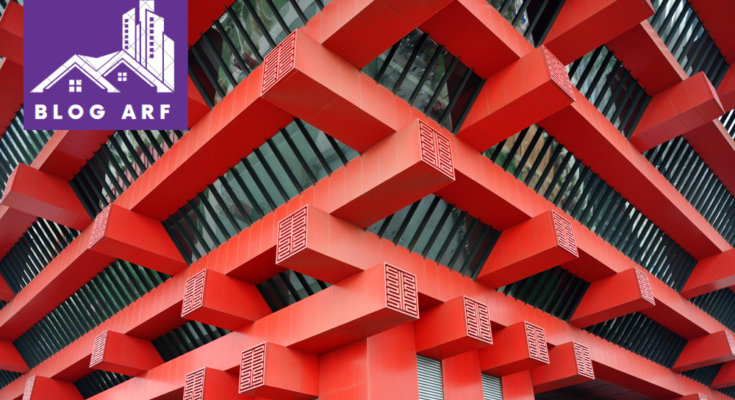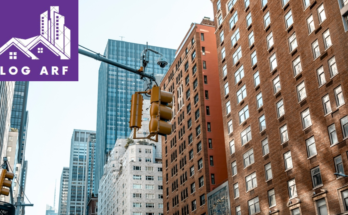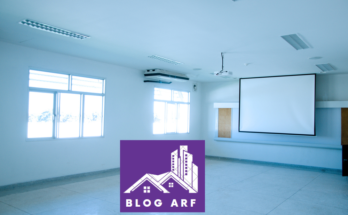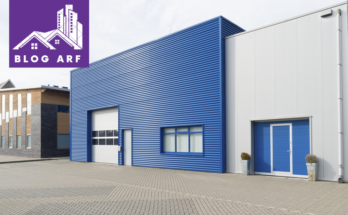Red steel building construction represents a shift towards sustainable practices and cutting-edge methodologies in construction industry.
These structures, characterized by their striking red iron construction. They have become synonymous with durability, efficiency, and aesthetic appeal.
Red steel building construction utilizes advanced materials and techniques to create robust and resilient structures that can withstand test of time.
From industrial warehouses to commercial complexes, red iron construction. It offer versatile solutions for a wide range of construction projects.

The utilization of red iron construction in these buildings ensures exceptional strength and structural integrity. It is making them ideal for challenging environments and demanding applications.
Moreover, red iron construction are known for their cost-effectiveness and quick construction timelines, making them a preferred choice for developers and contractors alike.
Red steel building construction, examine benefits, applications. They also examine future trends in this rapidly evolving field.
What factors should be considered when designing a red steel building?
When designing a red steel building, several key factors need consideration. Firstly, structural integrity is paramount to ensure safety and durability.
Additionally, architectural aesthetics play a crucial role in defining building’s visual appeal. Efficient space utilization and functionality are essential for practical use. Moreover, environmental sustainability should be integrated into design to minimize ecological impact. Attention to detail in material
selection and construction techniques is vital for achieving desired outcomes. Collaboration between architects, engineers, and contractors is essential for seamless execution. Adherence to building codes and regulations ensures compliance and safety standards.
Flexibility in design allows for future modifications and adaptations. Lastly, cost-effectiveness is a significant consideration to ensure project remains within budget constraints.
Essential Elements of Building Design: A Comprehensive Guide
1. Structural Integrityun
- Ensuring building’s strength and stability.
- Choosing appropriate materials for load-bearing elements.
- Incorporating structural reinforcements for resilience.
- Conducting thorough structural analysis and calculations.
2. Architectural Aesthetics
- Designing visually appealing exteriors and interiors.
- Balancing form and function for aesthetic harmony.
- Utilizing architectural features to enhance building’s appearance.
- Incorporating design elements that reflect building’s purpose and style.
3. Space Utilization
- Maximizing usable space within the building.
- Efficiently organizing floor plans for optimal functionality.
- Considering future expansion or reconfiguration needs.
- Incorporating flexible layouts to accommodate diverse uses.
4. Environmental Sustainability
- Integrating eco-friendly design principles.
- Incorporating energy-efficient systems and materials.
- Minimizing environmental impact throughout building’s lifecycle.
- Implementing strategies for water conservation and waste reduction.

5. Material Selection
- Choosing durable and high-quality materials.
- Considering lifespan and maintenance requirements of materials.
- Balancing cost-effectiveness with performance and longevity.
- Examine innovative materials for enhanced functionality and sustainability.
6. Collaboration and Coordination
- Facilitating communication between architects, engineers, and contractors.
- Ensuring alignment of design intent with technical feasibility.
- Addressing potential conflicts or challenges during design phase.
- Encouraging interdisciplinary teamwork for integrated solutions.
7. Regulatory Compliance
- Adhering to building codes, regulations, and zoning requirements.
- Obtaining necessary permits and approvals for construction.
- Ensuring compliance with safety standards and accessibility guidelines.
- Consulting with local authorities and regulatory bodies as needed.
8. Flexibility and Adaptability
- Designing for adaptability to evolving needs and technologies.
- Incorporating modular or flexible design elements.
- Allowing for future modifications or expansions.
- Considering potential changes in occupancy or usage over time.
Red Steel Buildings: Strength, Versatility, and Sustainability
Durability and Strength
- Red steel buildings are known for their exceptional durability and strength.
- They are constructed using robust materials like steel beams and columns.
- These buildings can withstand harsh weather conditions and structural loads.
- Red steel structures provide long-term reliability and stability.
Versatility and Adaptability
- red iron construction offer versatility in design and usage.
- They can be customized to suit various architectural styles and purposes.
- These structures accommodate flexible floor plans and layouts.
- Red steel buildings are adaptable to different environments and site conditions.

Quick Construction
- Construction of red iron construction is typically faster compared to traditional methods.
- Prefabricated steel components allow for rapid assembly on-site.
- This results in shorter construction timelines and reduced labor costs.
- red iron construction are ideal for projects with tight deadlines or budget constraints.
Cost-Effectiveness
- Red steel construction offers cost savings in both materials and labor.
- Steel components are manufactured with precision, minimizing waste.
- Maintenance costs for red steel buildings are generally lower than other materials.
- Overall, red steel buildings provide excellent value for investment.
Fire Resistance
- Steel is inherently fire-resistant, making red iron construction safer in case of fire.
- Reducing risk of structural damage and collapse.
- This feature enhances occupant safety and property protection.
Design Flexibility
- Red steel buildings allow for creative architectural expression.
- They can incorporate various design elements and features.
- Architects have freedom to design good shapes and forms.
- Red steel structures can achieve both aesthetic appeal and functional efficiency.
Sustainability
- Red steel buildings promote environmental sustainability.
- Steel is recyclable, reducing carbon footprint of construction.
- Energy-efficient design options are available for red iron construction.
- They contribute to green building certifications and standards.
Longevity
- Red steel buildings have a long lifespan compared to other construction materials.
- Steel is resistant to corrosion, rust, and decay.
- With proper maintenance, red steel structures can endure for decades.
- This longevity ensures a lasting investment for building owners.

Advantages and Disadvantages of Red Steel Building
| Advantages of Red Steel Building | Disadvantages of Red Steel Building |
| Exceptional durability and strength | Higher initial cost compared to some traditional materials |
| Quick construction timelines | Susceptible to corrosion if not properly maintained |
| Versatility in design and usage | Limited insulation properties compared to other materials |
| Cost-effective in the long run | Requires skilled labor for installation and welding |
| Fire-resistant properties | Potential for noise transmission within the building |
| Sustainable and environmentally friendly | Prone to expansion and contraction with temperature changes |
| Reduced maintenance requirements | Limited availability of skilled contractors in some areas |
| Design flexibility for creative expression | May require additional coatings for enhanced weather resistance |
Bottom Lines
Red steel buildings stand out as a durable, versatile, and cost-effective solution in the construction industry. With exceptional strength and quick construction timelines, they offer practical advantages for various projects.
Despite initial costs and maintenance requirements. Their longevity and sustainability make them a wise investment in the long run.
The adaptability and design flexibility of red iron construction allow for creative architectural expression while ensuring structural integrity.
Moreover, their resistance to fire, pests, and environmental factors enhance safety and durability. Overall, red iron construction represent a modern approach to construction, combining functionality, efficiency. They are aesthetic appeal to meet the evolving needs of the built environment.
Discover the durability and versatility of red iron construction. Strong, sustainable, and cost-effective solutions for modern construction projects.
Click here for more information
FAQ’s
What are red steel buildings, and how do they differ from traditional construction methods?
Red steel buildings are modern structures constructed primarily with steel beams and columns, differing from traditional methods that often use wood or concrete.
What materials are typically used in red steel building construction?
Common materials in red iron construction construction include steel beams, columns, and panels, along with fasteners and connectors for assembly.
What are the advantages of opting for red steel buildings over conventional building materials?
Opting for red iron construction offers advantages such as exceptional durability, quick construction timelines, and versatility in design, compared to traditional materials like wood or concrete
How does red iron construction contribute to the sustainability of buildings?
Red iron construction contributes to building sustainability through its recyclability, fire resistance, and long lifespan, reducing environmental impact and promoting energy efficiency.
What are some notable examples of red steel buildings around the world?
Notable examples of red steel buildings worldwide include iconic structures like the Empire State Building in New York City and the Burj Khalifa in Dubai, showcasing the versatility and durability of red steel construction.





